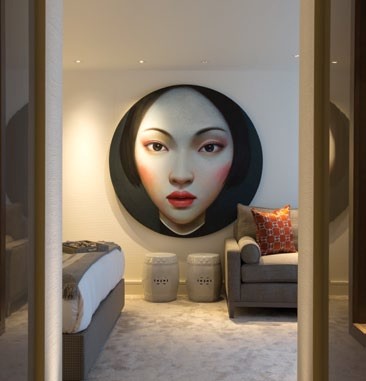Lighting design serves several crucial purposes beyond just providing illumination:
-
Aesthetics: Lighting design can significantly impact the aesthetics of a space, enhancing architectural features, setting moods, and creating ambiance. It’s a tool for architects and designers to sculpt and highlight different aspects of a room or structure.
-
Functionality: Proper lighting design ensures that spaces are adequately lit for their intended use. Different activities require varying levels and types of lighting, and a well-designed lighting plan can cater to these needs efficiently.
-
Energy Efficiency: Thoughtful lighting design incorporates energy-efficient fixtures and strategies to minimize energy consumption without compromising on illumination quality. This includes using LED technology, motion sensors, dimmers, and natural light integration.
-
Safety and Security: Lighting plays a critical role in ensuring safety and security in both indoor and outdoor environments. Well-lit spaces reduce the risk of accidents, deter intruders, and enhance visibility, creating a sense of security.
-
Health and Well-being: Lighting design can impact human health and well-being. Properly designed lighting can regulate circadian rhythms, improve productivity, and contribute to a comfortable and inviting atmosphere.
-
Environmental Impact: Sustainable lighting design practices contribute to reducing the environmental footprint by employing eco-friendly fixtures, optimizing natural light utilization, and employing energy-saving technologies.
In essence, lighting design goes beyond just providing light; it shapes experiences, influences emotions, and contributes to the overall functionality and appeal of spaces.


